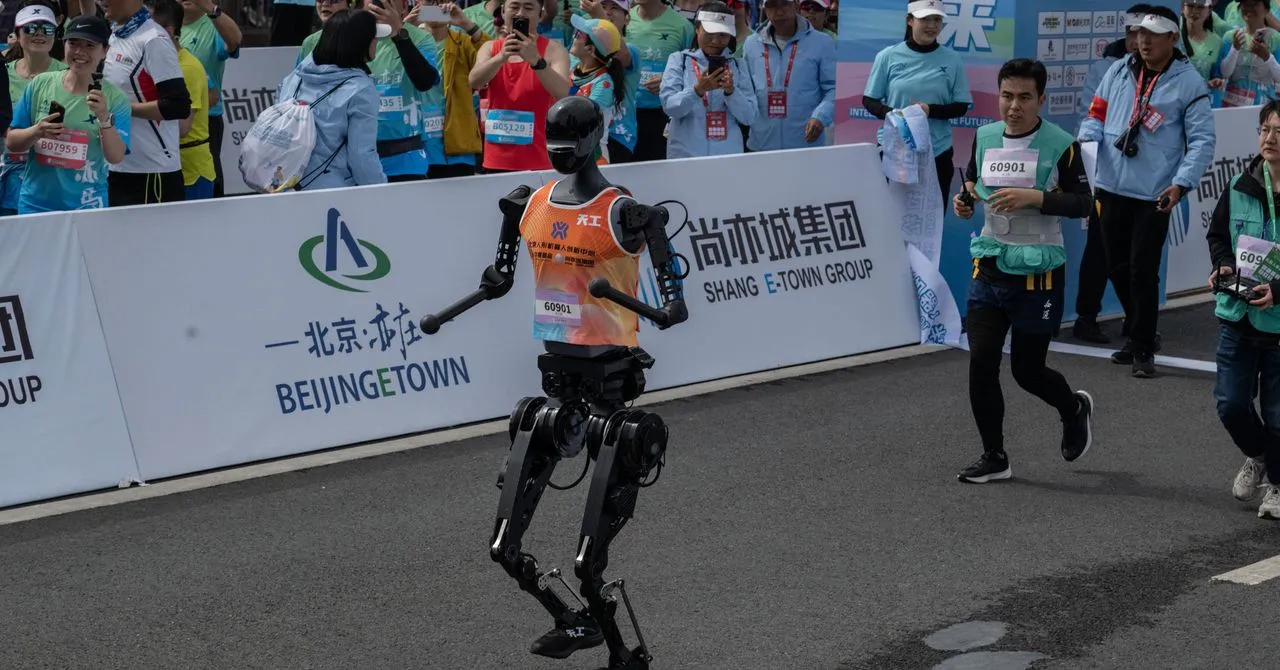China’s Robots and the Challenges of Running with Artificial Intelligence

China's Robots Encounter Overheating in Half Marathon
On Saturday, about 12,000 human athletes ran in a half marathon race in Beijing, but most of the attention was on a group of 21 humanoid robots. The event's organizers claim it’s the first time humans and bipedal robots have run in the same race. Six of the robots finished the course, but they were unable to keep up with human runners.
Robotic Performance and Learning Challenges
The fastest robot, Tiangong Ultra, finished in two hours and 40 minutes. Due to extensive battery changes and mechanical issues, it barely qualified for a human participation award. Most humanoids didn’t stay in the game long and faded from the live broadcast soon after they started.
- Researchers mostly focus on task completion, not speed.
- Performance demonstrates hardware improvements in robots over the past years.
- Actual AI technology hasn’t significantly advanced since 2021, according to experts.
The Variety and Creativity of Bipedal Robots
The robots showcased a variety of designs and capabilities. They were required to be bipedal, leading to creative modifications. Some were equipped with lightweight features that allowed for movement.
- Some robots wore kid-sized sneakers to improve grip.
- Others had protective gear to minimize damage from falls.
- Most robot bodies were stripped down, removing unnecessary weight.
Despite impressive ambitions, the event revealed the inconsistencies in performance, showing that many had limitations which hindered their functionality. As experts suggest, the focus in China is shifting towards practical applications beyond entertaining displays.
Conclusion: Evaluating Humanoid Robotics
Ultimately, such events like this marathon to some degree showcase the design flaws of these robots over their abilities. It raises the vital question: How far has robotics truly progressed? Even after malfunctioning, some robots finished, highlighting the enduring spark of innovation within a challenging field.
This article was prepared using information from open sources in accordance with the principles of Ethical Policy. The editorial team is not responsible for absolute accuracy, as it relies on data from the sources referenced.